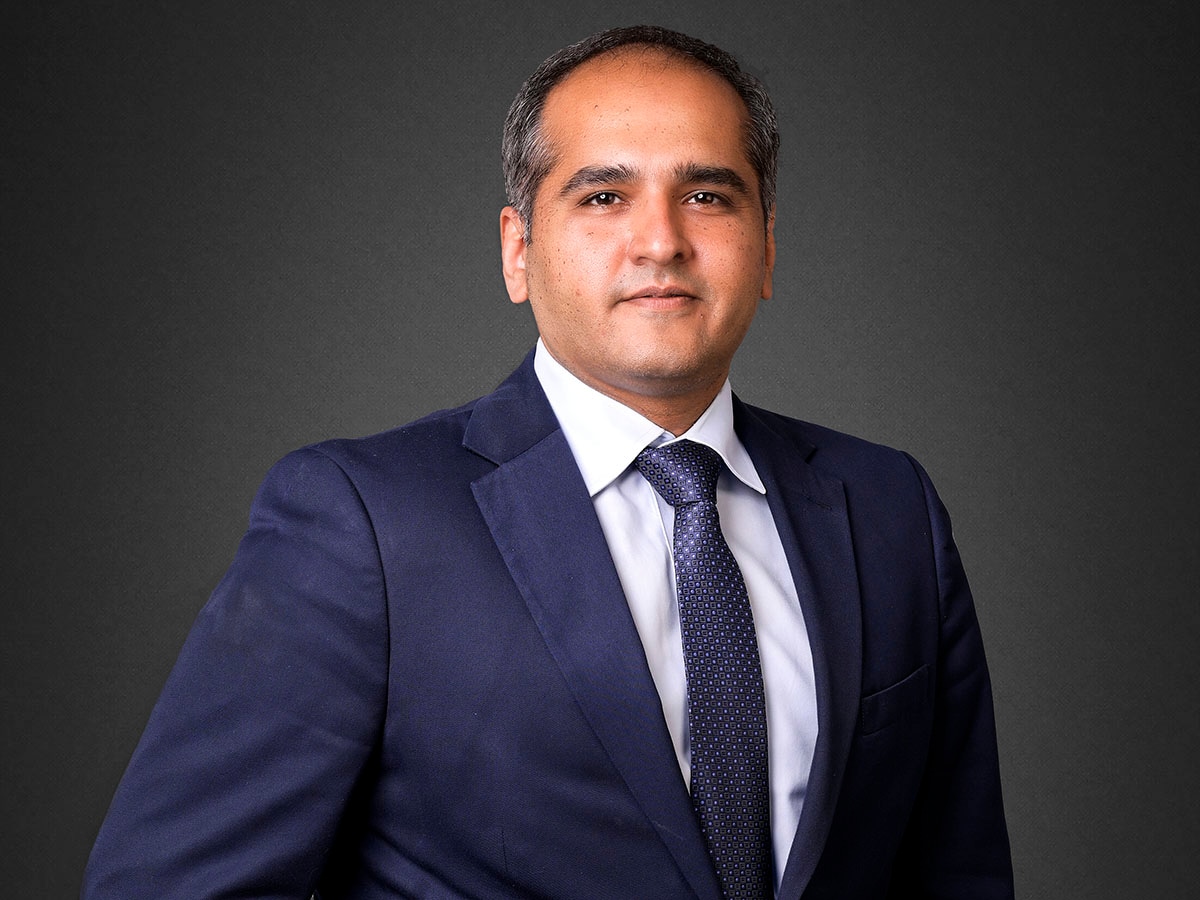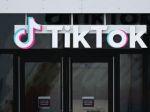Globally, people consume 60+ hours of content every week: Dhaval Ponda of Tata Communications
Technology enabler Tata Communications is investing heavily into sports broadcasting, enabling broadcasters and federations to transform their businesses
 Dhaval Ponda, the global head of media and entertainment business, Tata CommunicationsKnown as a telecom company, Tata Communications is now making rapid strides into sports broadcasting, and is said to have delivered 80,000+ live events. Aside from its tie-up with marquee motorsports, tennis and soccer tournaments, among others, it recently signed a five-year broadcast deal with World Athletics. What made the company start a transformative journey into the fast-scaling business of live sports? Dhaval Ponda, the global head of media and entertainment business, Tata Communications, tells Forbes India in an episode of Sports UnLtd. Edited excerpts:
Dhaval Ponda, the global head of media and entertainment business, Tata CommunicationsKnown as a telecom company, Tata Communications is now making rapid strides into sports broadcasting, and is said to have delivered 80,000+ live events. Aside from its tie-up with marquee motorsports, tennis and soccer tournaments, among others, it recently signed a five-year broadcast deal with World Athletics. What made the company start a transformative journey into the fast-scaling business of live sports? Dhaval Ponda, the global head of media and entertainment business, Tata Communications, tells Forbes India in an episode of Sports UnLtd. Edited excerpts: Q. Why did Tata Communications decide to foray into sports broadcasting?
Tata Communications, as you know, is a global technology enabler—we have a very strong play in helping organisations with their digital fabric. About 12 years ago, we already had presence in the media and entertainment and sports industry, but it was a non-strategic involvement.
At that time, we were noticing that the media and entertainment industry was about to go through a significant transformation. I’m talking about a time when Netflix was primarily a DVD company—I still remember the day when they launched a computer plan for an additional $5 a month to enable people to watch movies and TV shows on their computer. The stock market was unhappy—the prices tanked by about 30 percent. And people were incredulous—who in their right mind would watch movies on a computer when you have a DVD player. The Netflix CEO then came out and said they stood by their decision and this was the future.
We, too, saw some of the early signs where through this transition people would watch contents across multiple screens, they would watch more content, that content would be of a superior quality, and there was an opportunity for a lot of immersive content to come through. We made a conscious decision to make a dedicated effort to address this industry at a global scale—create a technology business that will enable global sports broadcasters and sporting federations to tap this opportunity and transform their businesses.
We started out by helping large broadcasters transform from standard to high definition. Then we also made a leap into live sports and enabling live sports viewership globally. Today, by being a technology partner with these organisations, we deliver a majority of global sports events. Whether you are watching a Formula One event or a football match at an airport in Mexico, or at one of the hundreds of millions of households in the US, or anywhere in the world for that matter, there's a very high likelihood that the event is brought to your screen by Tata Communications.
Q. So, to put it simply, Tata Communications produces the live feed that is then picked up by the broadcasters?
Whenever you are watching a live sports event, what Tata Communications does it, first, gets that content from a venue, then helps the local broadcaster do the production—it could be remote production, they could have people on site—and then again bringing that video feed to a screen. The infrastructure that goes into the mix, a lot of that is owned by Tata Communications, be it submarine cable systems, the cloud capacity, whatever it is. I keep telling my friends and family that if you’re watching live sports, regardless of the content, regardless of the country that you are in, chances are that Tata Communications has a very important role in bringing that content to your screen. Listen: World Pickleball League: Will India play ball?
Q. Can you talk to us about the market share you have in sports broadcasting?
There are three ways to look at this industry. First, global to global—global events consumed by a global audience. That would include the Olympics, motorsports, European football, NBA, golf, tennis. It is a democratic spread as wherever you are in the world, people will watch the Olympics. It governs the user behaviour across these countries and is also the most sought-after content within the industry in every single country. In this segment, we are the leader and have a disproportionate market share.
The second portion of the market is what we call region to global, where we have regional events that get consumed by audiences at a global level. Like football in Latin America. Or regional tournaments for cricket and tennis as well that are quite popular within Asia, within Europe. We have a strong play when it comes to America, Europe, in India and parts of South Korea and Japan.
And then you’ve got the bottom of the pyramid where you have region to region, be it college sports in the US, kho-kho in India, minor leagues in the UK, China etc. It is produced in a limited fashion and delivered to a limited audience, but there is a huge demand for televising that content and making it available for hundreds of millions of viewers across the world.
To classify the industry in terms of technology, when it comes to cloud and cloud operations, there is a massive investment into cloud-based tools and applications to support the media and video consumption globally. We are a leader within that segment—IDC has recently done a survey and identified Tata Communications as one of the leaders when it comes to cloud operations in the media space. Over the last seven to eight years, we have consistently invested in creating a global cloud and edge infrastructure that helps broadcasters, federations and a lot of OTT platforms deliver a better user experience.Listen: 100 million users and counting: How FanCode's digging deep into sports streaming
Q. Tata Communications acquired the US-based The Switch last year. What is it bringing to your portfolio?
The Tata Communications media business has very strong play when it comes to global sports and the whole business has engineered itself around efficiency to deliver global sport. Our effort is to really go into local markets and have a native business to that geography. In the case of The Switch, a leader when it comes to managed video services in the US market with access and presence in a majority of sporting venues across the US, it makes them a trusted partner for the video services market in that geography. In addition, we liked their capability, and their customer-centricity. Finally, The Switch has a production services business where they are already helping the likes of Prime Video and others deliver high-quality content across the US. These are the three main reasons behind the investment.
The business is already integrated into the global media business that we operate, and we are now focussed on the next generation of investment for the combined business. Last year, after the acquisition we also made the decision to invest in a state-of-the-art live production services facility in Los Angeles—think of this as a live production facility where you walk in and get studios and edit rooms and MCR rooms that are next generation and focussed on getting immersive content out there with the least latency and highest quality.
This was a significant investment from the company—we acquired the facility, invested in the capability and launched it earlier this year. The business has now almost doubled in size. We have a very good team in North America that is native to the business locally, but we are leveraging that capability to have an impact at the global level.
Q. Can you tell us a bit about the consumption trends when it comes to sports? What do the fans want to see?
We have seen a big shift in terms of content being consumed on a single primary screen in the living room to multiple digital platforms and multiple streams. Globally, on an average, people consume more than 60 hours of content every single week. That is staggering, and it’s still going in that direction. It puts a lot of pressure on broadcasters and OTT platforms to create more content and create higher quality content.
At the same time, and this is true across the world, the number of subscriptions is not going to skyrocket. People at a household level are not going to spend more and more. So, while there's a demand for more content and better quality content, at the same time, we seem to have hit a ceiling in terms of how much will each household really spend on video subscriptions. This is where technology can be used to transform the way content is produced and improve the way it is being consumed. And it is not really a case of just investing more and more; it is a case of investing smartly in next generation technologies to drive impact. Listen: Why the IPL is growing despite a tough economic climate
Q. Where do you see sports broadcasting in the next five to seven years?
One, we will continue to see more forms of content—what I mean by that is, going forward, we will see more and more sports that are not televised or broadcast today. We will include a lot of regional sports, and college- and school-level sports.
Second, we will continue to see better forms of content. Even today, a lot of the content that we see on digital platforms is really meant for TV, but is available on digital platforms. Going forward, consumption on digital platforms will be dramatically different where, for example, you will have probably 10 to 15 different video angles for the same sport and the viewer will be able to choose what angle s/he wants to see.
Third, going forward, the goals and the career availability in the sports industry for hundreds and millions of fans or professionals will change for the better. We are living in a time where a lot of content is now being curated with individuals in mind, it is being visualised in hundreds of languages. And people are looking to add their points of view to that. In future, we will a lot of new roles available within the industry and for a new generation of professionals, which don’t exist today.


















